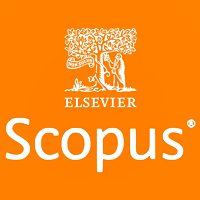
This article is an open access article distributed under the terms and conditions of the Creative Commons Attribution license (CC BY).
ORIGINAL RESEARCH
Neurophysiological markers of the illusion caused by the mirror visual feedback
Neurophysiological mechanisms underlying the illusion caused by the mirror visual feedback are still poorly understood, despite the clinical use of mirror therapy for phantom pain and post-stroke hemiparesis. The study aimed to determine the mirror illusion neurophysiological correlates by the simultaneous use of electroencephalography (EEG) recording and near-infrared spectroscopy (NIRS). A total of 30 healthy volunteers (12 males, 18 females; average age 24 ± 8 years) were assessed. The experimental procedure consisted of three blocks: bimanual movement without a mirror; moving one hand with the mirror; tactile stimulation with the mirror. We analyzed the degree of EEG alpha rhythm (8–13 Hz) desynchronization in primary sensorimotor areas, supplementary motor area, and the posterior parietal cortex. Furthermore, changes in the concentrations of oxy- and deoxyhemoglobin (HbO and HbR) were assessed by NIRS. When moving the hand with the mirror, bilateral activation of primary sensorimotor areas occurred in both hemispheres: mu rhythm desynchronization, 9.71 [2.82; 16.20]% in the contralateral and 5.64 [2.84; 12.13]% in the ipsilateral hemispheres (p = 0.797), along with the HbO concentration increase by 6.88 [3.07; 17.20] nmol/L in the contralateral and by 4.91 [0.11; 14.59] nmol/L in the ipsilateral hemispheres (p = 0.094). The correlations between EEG and NIRS parameters were reported for the posterior parietal cortex only (rs = 0.527, p = 0.003). The illusion subjective characteristics were correlated to the emotional response, and only some of those showed a weak correlation with neurophysiological indicators. EEG and NIRS are complementary, rather than mutually exclusive, when used to study the mirror illusion resulting from the multi-level network organization of brain processes.
Keywords:
